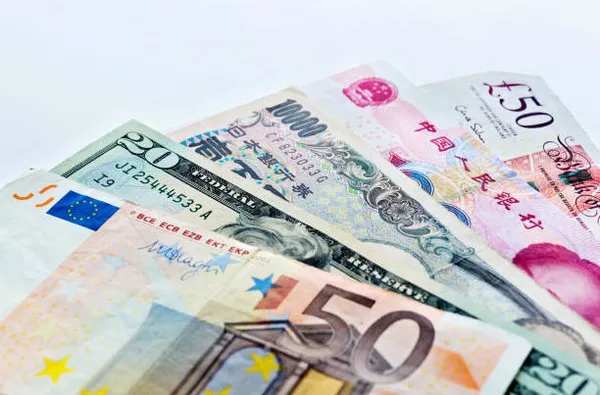GBP/USD has seen some good two-way price action, correcting sharply to a three-week low of 1.3002 in the first half of the week, only to regain ground lost for the week in the second half. Sentiment surrounding the pair is primarily driven by USD dynamics. Market expectations for an interest rate cut by the U.S. Federal Reserve (Fed) next week continue to influence the trend of the dollar.
U.S. labor market data for August fueled a recovery in the greenback against its major rivals late last week that has continued into this week and weighed heavily on the GBP/USD pair. U.S. nonfarm payrolls rose by 142,000, missing estimates of 160,000. On the other hand, the unemployment rate fell to 4.2%, in line with expectations.
Dismal U.S. jobs data reignited concerns about a potential economic downturn and boosted safe-haven demand for the dollar. Markets continue to chase the greenback in preparation for crucial U.S. inflation data on Wednesday. Data released by the U.S. Bureau of Labor Statistics (BLS) on Wednesday showed that the U.S. CPI rose by 0.2% on a monthly basis in August, consistent with expectations of 0.2%. The U.S. core CPI rose 0.3% monthly in August, higher than the 0.2% expected. Strong underlying inflation data prompted markets to rule out a significant rate cut from the Federal Reserve this month.
Sterling was also hurt by weak UK wage growth and gross domestic product (GDP) data released on Tuesday and Wednesday respectively. Data released by the Office for National Statistics (ONS) on Wednesday showed that the UK’s average income excluding bonuses increased by 5.1% year-on-year in July, compared with an increase of 5.4% in June; the British economy did not grow in July after stagnating in June, with low 0.2% higher than expected.
These fundamental factors dragged GBP/USD to its lowest level in three weeks, just above the 1.3000 level. However, the dollar gained ground as dismal U.S. producer price index (PPI) and jobless claims data reinforced bets that the Federal Reserve will cut interest rates by 50 basis points (bps) in its September 18 policy announcement. A wave of selling took place, so buyers managed to hold on to this key level.
In August, the headline producer price index rose at an annual rate of 1.7%, compared with expectations of 1.8%. Core PPI rose 2.4% year-on-year during the same period, missing expectations of 2.5%. At the same time, the number of first-time jobless claims for the week ended September 7 was 230,000, an increase of 2,000 from the previous period, in line with expectations. Poor U.S. data coupled with a Wall Street Journal (WSJ) article on the Fed’s interest rate cut woes renewed market bets that the Fed would cut interest rates sharply at its September meeting, thus weighing on the dollar and supporting GBP/USD back above 1.3100.
CME Group’s FedWatch tool shows the market is now pricing in a 43% chance of a 50 basis point rate cut, up from 27% the day before, and a 57% chance of a 25 basis point rate cut. Rising dovish expectations from the Fed added to the dollar’s pain on Friday. The last data released by the United States before the weekend showed that U.S. consumer confidence improved slightly in early September, with the University of Michigan’s preliminary consumer confidence index rising to 69 from 67.9 in August. The data was higher than market expectations of 68 but failed to help the dollar rebound.


